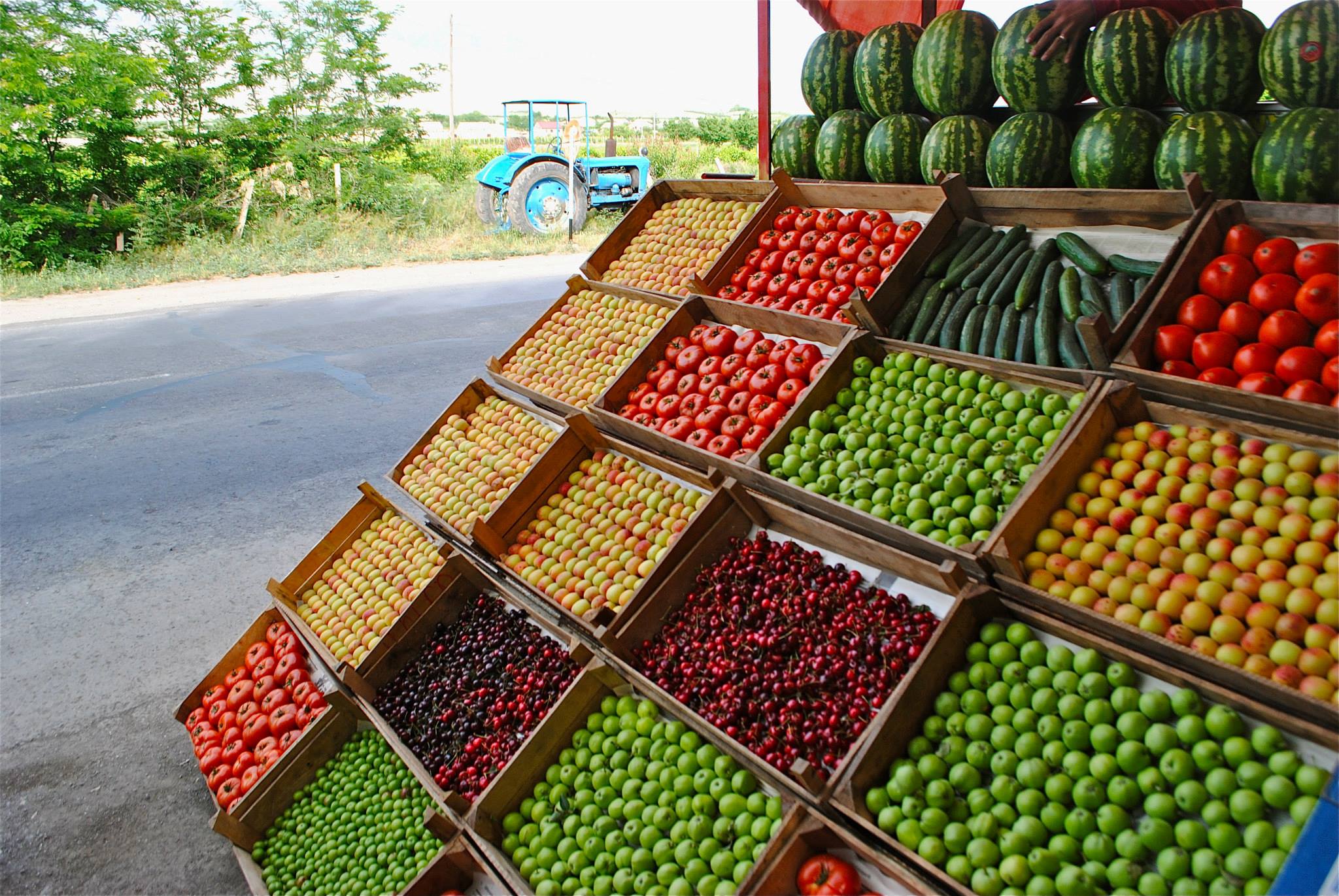The Agriculture Ministry's Information Technology Department has developed a system to streamline data management and balance demand and supply in the agricultural sector.
Officials and farmers were continually at odds about determining what, how much and when to produce. Balancing the agricultural market was a constant struggle, as it required accurate and comprehensive data on farms, crops and weather conditions among others.
In view of the urgent need to collect farming data from across the country, the Information Technology Department of the Ministry of Agriculture started developing the Agricultural Data Management System in September 2015.
"After the launch of the system, some 7,700 agriculture graduates were hired and sent to designated areas in different provinces to collect information on farmers," Jaber Bakhshandeh, an IT expert at the ministry, told Financial Tribune on the sidelines of the 23rd International Exhibition of Electronics, Computer and E-Commerce (Elecomp 2017) held by the Iranian ICT Guild Organization in Tehra during July 21-24.
According to Bakhshandeh, the ministry has been collecting and storing valuable data on the system regarding production processes in different sectors, including farming, horticultural, livestock, poultry, fishery and processing, as well as downstream industries.
"As we speak, the data gathering for last [Iranian] year [March 2016-17] has been completed and comprehensive information on over 3 million farmers and their crops throughout the country is available in the system," he said.
The expert noted that the system, aimed at presenting accurate and online data, has also helped the ministry purchase crops at guaranteed prices, benefiting both farmers and the ministry.
The Iranian government has a guaranteed purchase system for staple crops like wheat, oilseeds and tea among others, whereby it pays for farmers' yields. For some crops, the government pays after the harvest but for some, including wheat, it pays before the harvest. The system is aimed at controlling the market and maintaining its strategic reserves.
Bakhshandeh noted that prior to the launch of the Agricultural Data Management System, accurate decision-making was not possible since all data used to be submitted manually and were not updated regularly.
The new system also provides detailed analysis of the data, making it easier to make decisions for the future. Accurate figures help the ministry make decisions about importing or exporting a particular product, thereby helping create a balance between agro demand and supply.
Facilitating Interactions
At Elecomp 2017, Financial Tribune also sat down with Ahmad Ranjbar, an expert in charge of the "Single-Window System" at the Ministry of Agriculture. He elaborated on the system's advantage in facilitating interactions between the ministry on the one hand and farmers and traders on the other.
The Single-Window System is an integrated electronic system designed by the Ministry of Agriculture to facilitate the ministry's services offered to farmers and traders.
Ranjbar explained that preparations for this system started in the fiscal 2010-11 and the system was launched last year.
"We started by offering services, such as issuing licenses for husbandries, greenhouses and all industries under the ministry's coverage," he said.
The nationwide system provides a platform for applicants to submit their requests to a single portal from across the country without having to visit the ministry. It automatically processes requests based on region, type of crops, climatic conditions, etc. and sends it to relevant authorities for further action.
Ranjbar describes the system as efficient, cost-effective and fast, saying it makes it remarkably easy for applicants to obtain licenses.
In addition, the system collects all the documents related to the license and stores it for later use such as making a decision on shortage or surplus of a particular product.
"The system's ultimate goal is to provide enough data to create balance in the market," he said.
Another function of the system revolves around export incentives.
Ranjbar noted that after exporters file their information in the system, it allocates export incentives to them based on the data retrieved from the Islamic Republic of Iran Customs Administration. The whole process is paperless and automatic.
According to Ranjbar, the system will provide 180 services related to different agricultural sectors upon its completion.



